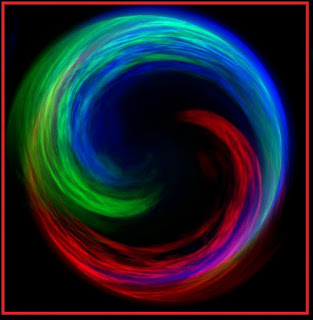
Mathematics
Numerically, a pivot is an unbending body development which, in contrast to an interpretation, keeps a point fixed. This definition applies to turns inside both two and three measurements (in a plane and in space, individually.)
All unbending body developments are revolutions, interpretations, or mixes of the two.
A pivot is just a dynamic spiral direction to a typical point. That basic point exists in the hub of that movement. The pivot is 90 degrees opposite to the plane of the movement. In the event that the hub of the turn lies outside of the body being referred to then the body is said to circle. There is no key distinction between a "pivot" and a "circle" and additionally "turn". The key qualification is just where the hub of the revolution lies, either inside or outside of a body being referred to. This differentiation can be exhibited for both "inflexible" and "non unbending" bodies.
In the event that a turn around a point or hub is trailed by a second pivot around a similar point/hub, a third revolution results. The turn around (backwards) of a revolution is additionally a pivot. Subsequently, the turns around a point/hub structure a gathering. Nonetheless, a turn around a point or pivot and a revolution around an alternate point/hub may bring about an option that is other than a turn, for example an interpretation.
Revolutions around the x, y and z tomahawks are called head turns. Turn around any hub can be performed by taking a pivot around the x hub, trailed by a revolution around the y hub, and pursued by a pivot around the z hub. In other words, any spatial turn can be deteriorated into a blend of head revolutions.
In flight elements, the vital turns are known as yaw, pitch, and roll (known as Tait–Bryan points). This phrasing is likewise utilized in PC designs.
See additionally: twist (science), cyclic stage, Euler edges, inflexible body, revolution around a fixed hub, turn bunch SO(3), pivot grid, hub edge, quaternion, and isometry
Astronomy
In stargazing, turn is a normally watched marvel. Stars, planets and comparable bodies all turn around on their tomahawks. The revolution pace of planets in the nearby planetary group was first estimated by following visual highlights. Outstanding revolution is estimated through Doppler move or by following dynamic surface highlights.
This turn actuates a diffusive speeding up in the reference edge of the Earth which somewhat neutralizes the impact of gravity the closer one is to the equator. One impact is that an item weighs marginally less at the equator. Another is that the Earth is marginally distorted into an oblate spheroid.
Another result of the pivot of a planet is the wonder of precession. Like a whirligig, the general impact is a slight "wobble" in the development of the pivot of a planet. Presently the tilt of the Earth's hub to its orbital plane (obliquity of the ecliptic) is 23.44 degrees, however this point changes gradually (more than a large number of years). (See likewise Precession of the equinoxes and Pole star.)
Rotation and revolution
While transformation is regularly utilized as an equivalent word for pivot, in numerous fields, especially cosmology and related fields, upset, frequently alluded to as orbital unrest for lucidity, is utilized when one body moves around another while turn is utilized to mean the development around a hub. Moons rotate around their planet, planets spin about their star, (for example, the Earth around the Sun); and stars gradually rotate about their galaxial focus. The movement of the segments of cosmic systems is unpredictable, however it for the most part incorporates a revolution segment.
Retrograde rotation
Most planets in our close planetary system, including Earth, turn in a similar bearing as they circle the Sun. The exemptions are Venus and Uranus. Uranus pivots about on its side with respect to its circle. Current theory is that Uranus begun with a common prograde direction and was thumped on its side by an enormous effect from the get-go in its history. Venus might be thought of as pivoting gradually in reverse (or being "topsy turvy"). The smaller person planet Pluto (once in the past thought about a planet) is strange in this and different ways.




0 comments:
Post a Comment